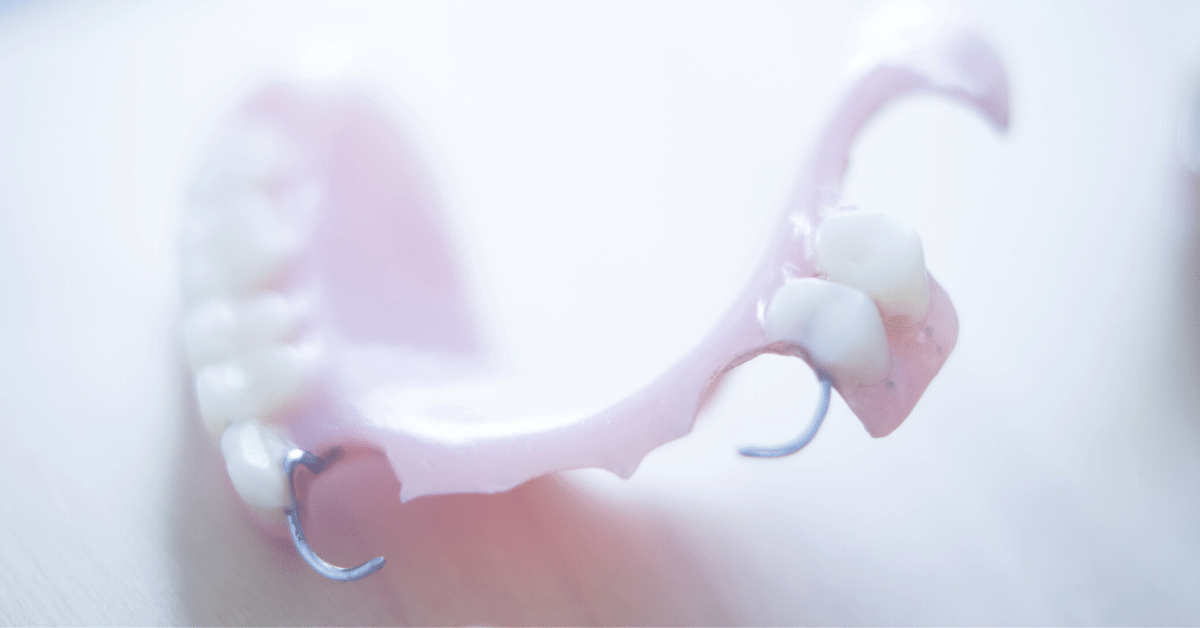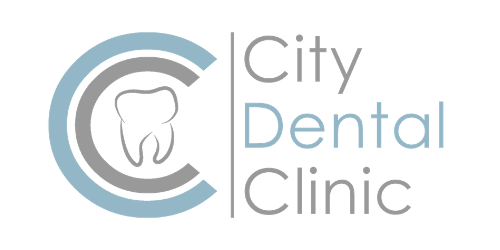Partial denture vs. dental bridge

We need a full set of teeth to help us chew and bite effectively. Our teeth work together to ensure that we are able to thoroughly process our food ready for digestion. It’s therefore important that we don’t have any gaps in our mouth which can have a detrimental effect on our chewing and biting habits.
Another issue caused by losing teeth is that the remaining teeth can move out of alignment, which can affect our ‘bite’. Not only that, having gaps where our teeth should be can lead to a lack of self confidence and an unwillingness to smile or laugh. Fortunately, this problem can be solved by fitting a bridge or using partial dentures.
Dental bridge
A bridge can be fitted around six months after a tooth or teeth are extracted; this gives the gum time to heal. A partial denture can be fitted during the healing period. A fixed dental bridge or restoration bridge is one or more artificial or false teeth that are permanently attached to neighboring teeth. The neighboring teeth are prepared to receive crowns.
The crowns are made in a dental lab, and the replacement tooth or teeth are attached in between the crowns. The crowns are then placed over the natural teeth and permanently fixed into place. Bridges are primarily made from porcelain, but gold or metal alloys are also available.
Partial dentures
Partial dentures are another option for replacing lost teeth. They are obviously a cheaper option and are not invasive, as they are removable. Partial dentures are false teeth that are fixed to a plastic or metal and plastic plate which is designed to look like natural gum. They are usually supported by a metal frame with clasps or precision attachments which attach to the surrounding teeth.
A more specialized form of partial denture involves a combination of crowns and partial dentures which allow the retaining clips to remain hidden. This type of partial denture feels more secure in the mouth but is also more expensive than normal partial dentures as it requires greater technical skill to produce it.
Which is better for me?
Bridge – pros & cons
- More expensive option
- Ideal for replacing one or two lost teeth
- Permanent fixture
- Better option for people with strong teeth and healthy gums
- Last up to 15 years
- Usually look and feel more natural
- No removal at night
Partial Dentures – pros & cons
- Cheaper option
- Ideal for replacing two or more teeth
- Better option for people who may lose more teeth
- Better option for people with poor gum health
- Better option for people with loose teeth
Are There alternative treatment options?
Dental implants are another option for replacing lost teeth. Dental implants provide a lifelong solution, allowing you to continue your daily life without giving a thought to the new addition/s in your mouth. Although having dental implants is a long term process, the result is a replacement tooth which stands alone without attachment to the surrounding teeth. Dental implants also last a life-time as long as you practice a good dental hygiene routine.
